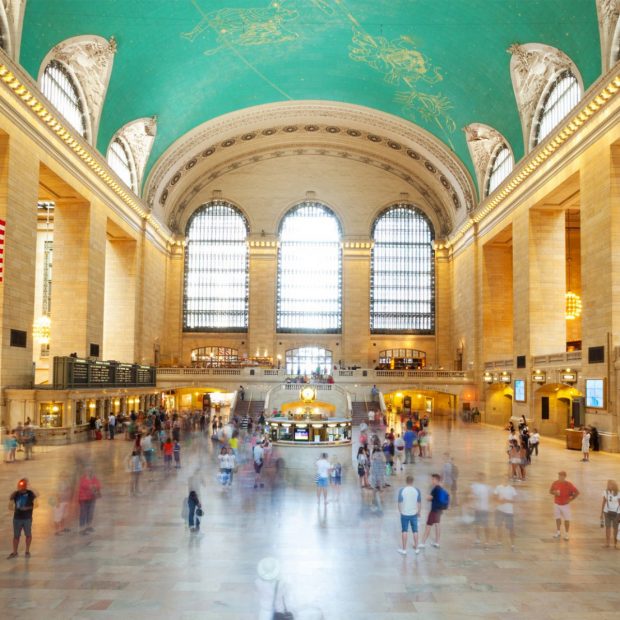
Who does not know the famous Grand Central Station in the heart of Manhattan? As one of the largest train stations in the world, it is a symbol of the hustle and bustle of the city that never sleeps. In this insider guide, we show you which secrets the Grand Central Station in New York hides and what you absolutely have to see there.
As the backdrop for many films and as the largest transport hub next to Penn Station and the Port Authority, Grand Central Station is a must-see for every visitor to New York. By the way, we explored every corner of New York’s most famous train station for you and discovered a few secrets next to one of the hippest food markets in the city.
READ: Dubai Hotel: Luxury Even in Small Details
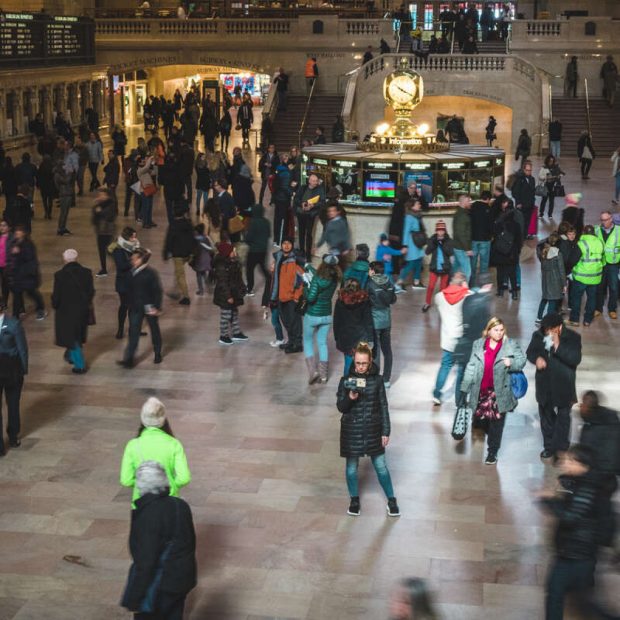
Normal weekday at Grand Central Station
The famous New York train station is much more than just a transportation hub. In addition to the many platforms, the chic roof also includes a shopping, dining, and cultural center with over 60 shops, 35 restaurants, and food spots, and a calendar of events that is always full.
Outside of Manhattan’s gigantic skyscrapers, don’t be fooled by the inconspicuous impression of the small train station building. After all, the huge rail network and the heart of Grand Central Station do not soar high into the sky, but far below the earth.
Incidentally, the largest train station in the world is also the most visited building in New York: before the Empire State Building, the Statue of Liberty, and the Rockefeller Center.
10 interesting facts about Grand Central Station:
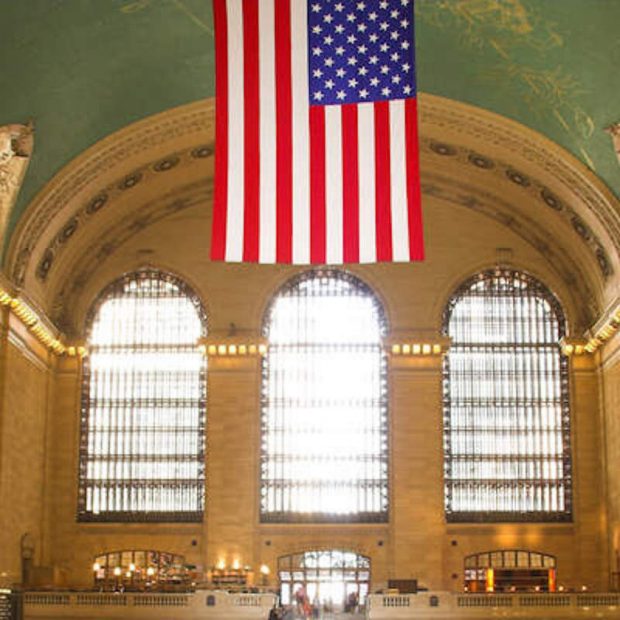
In the cathedral-like main hall of Grand Central Station, the beautiful ceiling painting will definitely catch your eye. 12 constellations painted with gold leaf and 2500 stars shine on the turquoise-blue ceiling! 59 of these are also illuminated with LEDs. This site is really special above the hustle and bustle of travelers.
On closer inspection, however, not only astronomers will find something strange. This is because the zodiac signs were painted in reverse order. Nobody knows exactly how the mix-up came about, however, Grand Central’s founder Cornelius Vanderbilt claimed it was by design. The zodiac should supposedly be viewed from above from a divine perspective – we have our doubts there, but still, find the ceiling absolutely worth seeing.
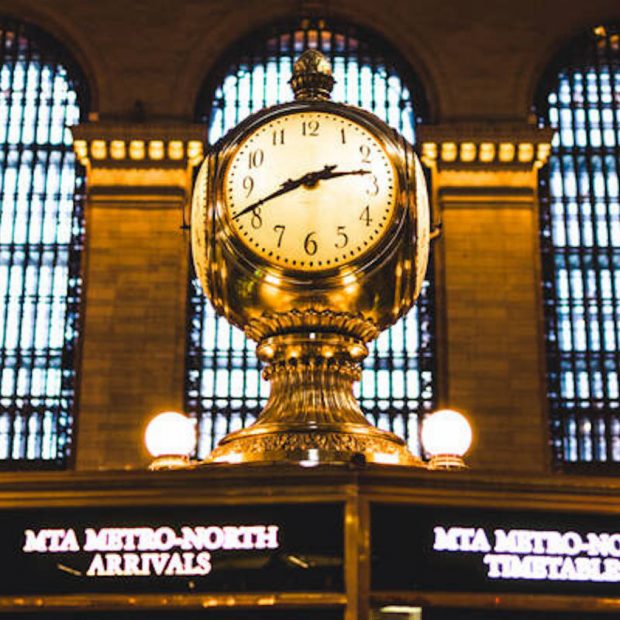
It is the crown jewel of Grand Central Station: the four-sided gold watch. It is unmistakably enthroned above the information stand in the center of the main hall and is considered the most expensive station clock in the world. Its face is made of opal, the value of the watch up to 20 million dollars.
In addition, the famous opal clock is the most popular meeting point in Grand Central and over 1000 questions are answered daily at the information desk below it.
Like all clocks in the terminal, the opal clock is driven by the atomic clock in the U.S. Naval Observatory in Bethesda and is accurate to one second every 20 billion years.
READ: The Chrysler Building in New York: Architecture and History
Note: In order for passengers to get to their train on time, the clocks on the display board in Grand Central Station go one minute ahead.
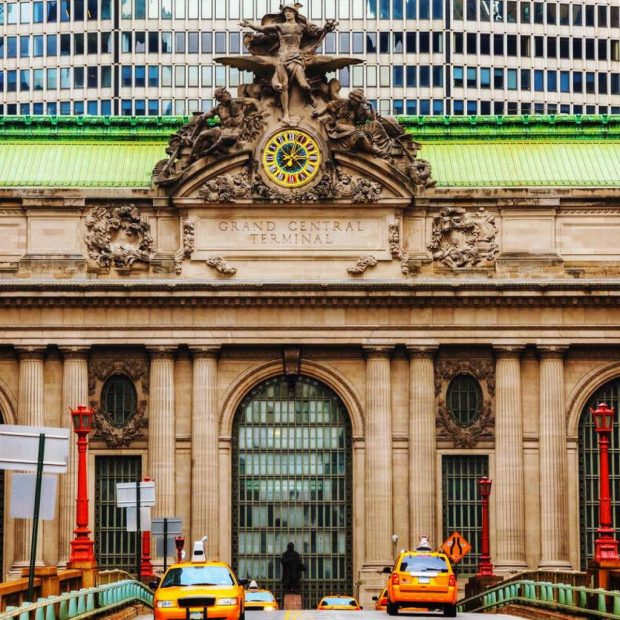
The opal clock is by no means the only watch in Grand Central that is worth seeing. The huge Tiffany Clock is almost as famous. At 14 feet in diameter (over 4 meters), it is made from the largest Tiffany glass in the world.
READ: What to Do in Central Park: The Best Things to Do in Central Park
The valuable clock is adorned with a statue of Greek gods, each representing a virtue of the railway:
Mercury: Speed.
Hercules: Strength.
Minerva: Intellect.
It took over 7 years to complete the 48-foot, 1,500-ton statue titled Transportation. You should definitely take a look at the Tiffany clock with the statue, preferably from the corner of 42nd Street and Park Avenue.
From there you can also see the striking Pershing Square Viaduct in front of the Grand Central Terminal. It is usually illuminated with LEDs according to current events and holidays, so that you can see it glowing from a distance, especially in the evening on 42nd Street.
Like us on Facebook for more stories like this: